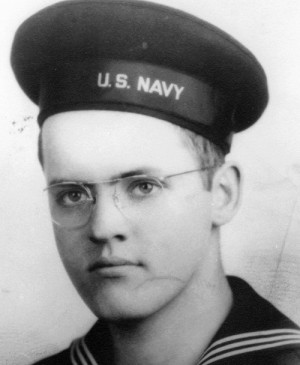On March 1, 1692, in Salem Village (Now Danvers, Massachusetts) in the Massachusetts Bay Colony, Sarah Goode, Sarah Osborne, and Tituba, an Indian slave from Barbados, are charged with the illegal practice of witchcraft. Later that day, Tituba, possibly under coercion, confessed to the crime, encouraging the authorities to seek out more Salem witches.

Tituba, as portrayed in the 19th century by artist Alfred Fredericks in W. C. Bryant’s “A Popular History of the United States”
Trouble in the small Puritan community began the month before, when nine-year-old Elizabeth Parris and 11-year-old Abigail Williams, the daughter and niece, respectively, of the Reverend Samuel Parris, began experiencing fits and other mysterious maladies. A doctor concluded that the children were suffering from the effects of witchcraft, and the young girls corroborated the doctor’s diagnosis. With encouragement from a number of adults in the community, the girls, who were soon joined by other “afflicted” Salem residents, accused a widening circle of local residents of witchcraft, mostly middle-aged women but also several men and even one four-year-old child. During the next few months, the afflicted area residents incriminated more than 150 women and men from Salem Village and the surrounding areas of Satanic practices.

“Witchcraft at Salem Village” likely by F.O.C. Darley, Granville Perkins or William Ludwell Sheppard, ill. Published in “Pioneers in the settlement of America: From Florida in 1510 to California in 1849,” by William August Crafts, Vol. 1, p. 453, Boston: Samuel Walker and Co. 1876.
In June 1692, the special Court of Oyer, “to hear,” and Terminer, “to decide,” convened in Salem under Chief Justice William Stoughton to judge the accused. The first to be tried was Bridget Bishop of Salem, who was found guilty and executed by hanging on June 10.

Thirteen more women and four men from all stations of life followed her to the gallows, and one man, Giles Corey, was executed by crushing. Most of those tried were condemned on the basis of the witnesses’ behavior during the actual proceedings, characterized by fits and hallucinations that were argued to be caused by the defendants on trial.

“Trial of Giles Corey” engraving by C. (Charles) S. Reinhardt
Date 1878, Source A Popular History of the United States, Vol. II, New York, Scribner’s, 1878, p. 459
Author William Cullen Bryant
Permission
(Reusing this file)
Public Domain
In October 1692, Governor William Phipps of Massachusetts ordered the Court of Oyer and Terminer dissolved and replaced with the Superior Court of Judicature, which forbade the type of sensational testimony allowed in the earlier trials. Executions ceased, and the Superior Court eventually released all those awaiting trial and pardoned those sentenced to death. The Salem witch trials, which resulted in the executions of 19 innocent women and men, had effectively ended.
That is until the 1950s

“Joseph McCarthy” by United Press – Library of Congress. Licensed under Public Domain via Wikimedia Commons – http://commons.wikimedia.org/wiki/File:Joseph_McCarthy.jpg#mediaviewer/File:Joseph_McCarthy.jpg
The term McCarthyism, coined in 1950 in reference to McCarthy’s practices, was soon applied to similar anti-communist activities. Today the term is used more generally in reference to demagogic, reckless, and unsubstantiated accusations, as well as public attacks on the character or patriotism of political opponents.
See related posts:



 Check out my other blog
Check out my other blog I'M PUBLISHED
I'M PUBLISHED I'm Published Again
I'm Published Again









I visited Salem and saw the graves of these people and went to the museum. It was very sad to know how easy this was done here and in Europe. With McCarthy, it can still be done and even now it would not take much to whip up hysteria due to fear and ignorance. We think we have come a long way but I am not too sure
LikeLike